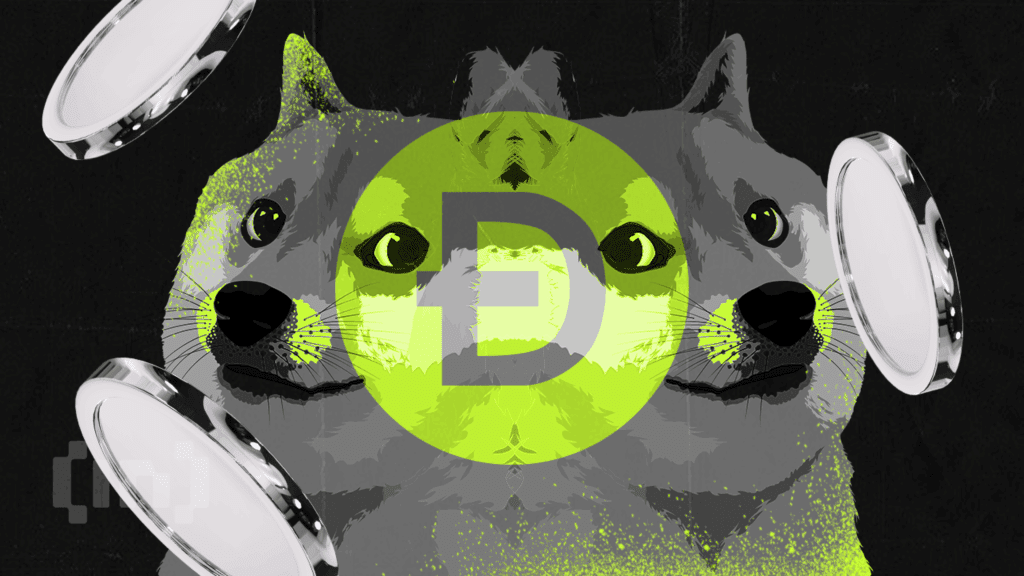Dogecoin (DOGE) is up 1.4% today, but the recovery looks fragile. After falling 20% over the past month, Dogecoin’s price is now facing its toughest short-term test: a zone where all recent rallies have stopped.
Anything below this zone is under strong selling pressure, with DOGE prices locked in the tightest range in recent weeks.
sponsored
Long-term holders retreat, short-term buyers step in
The Hodler Net Position Change, which tracks whether long-term investors are buying or selling, has turned bearish. On October 16th, long-term holders added approximately 109.8 million DOGE to their balances.
By October 22, that number had decreased to 38.3 million DOGE, a 65% decrease in the amount accumulated.
Want more token insights like this? Sign up for Editor Harsh Notariya’s Daily Crypto Newsletter here.
This suggests older investors are pulling back and reducing their exposure after weeks of weakness. Dogecoin price has remained flat since then, declining just 1.5% in the past seven days, indicating that some buying support is preventing the price from moving lower.
sponsored
Short-term and medium-term buyers are trying to hold the line here. According to HODL Waves, which tracks how much supply each holder group controls, two cohorts have been steadily increasing.
Since October 15th, the share of the 1-week to 1-month group has increased from 5.59% to 5.98%, and the share of the 3-month to 6-month group has increased from 7.36% to 8.15%.

This push and pull has created a price ceiling around $0.20-$0.21, keeping DOGE prices within a narrow range. In most cases, additional purchases from other groups, especially whales, will help break through such caps. However, something deeper may be limiting this upside.
sponsored
Cost distribution data shows why Dogecoin’s price cap remains in place
A cost-based distribution heatmap reveals why this OG meme coin has yet to break out.
Two large supply clusters (between $0.202-0.206 and $0.210-0.212) store approximately 11.16 billion DOGE and 11.14 billion DOGE, respectively. These are just the biggest pockets. Small clusters with fewer coins are also present throughout the range.
The cost-based distribution heatmap shows where most coins were last purchased.

sponsored
Together, these form one of Dogecoin’s strongest short-term barriers (resistance levels). Every time it rises to the $0.20-$0.21 zone, it will face immediate selling as holders exit around the break-even point. This supply pressure has repeatedly blocked price increases since October 11, making this region DOGE’s most stubborn resistance zone.

If DOGE whales start buying more aggressively, they could absorb some of this supply and help push through DOGE resistance. Until then, Dogecoin price is likely to remain trapped within its current bands.

A break above $0.21 (about 12% from current levels) could open the door to $0.27, while a break below $0.17 risks a reversion to $0.14.


